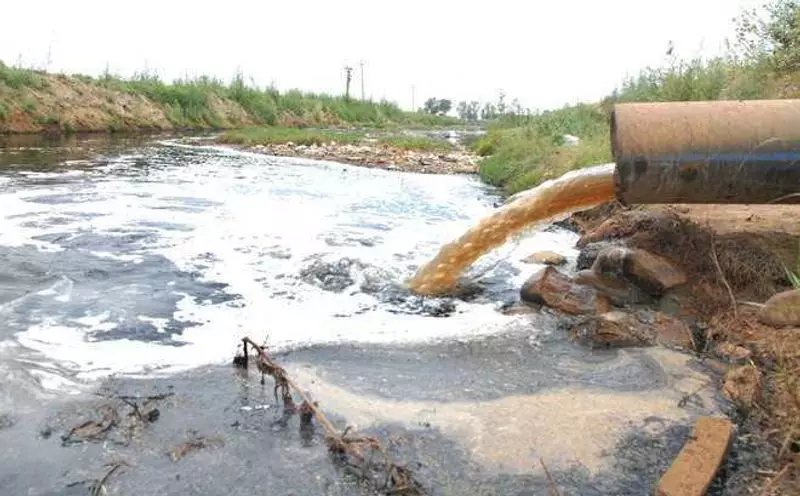
The National Green Tribunal (NGT) has come down heavily on the Himachal Pradesh State Pollution Control Board (SPCB) for its failure to address serious industrial pollution concerns in the Markandey area, demanding immediate and comprehensive action.
Judicial Intervention Sparks Environmental Accountability
In a significant development that highlights growing environmental concerns in the Himalayan state, the NGT has directed the SPCB to submit a detailed and exhaustive report regarding industrial pollution in the Markandey region. This judicial intervention comes after repeated complaints about environmental degradation caused by local industries.
What Prompted the NGT's Stern Response?
The tribunal's strong stance emerged from a petition filed by environmental activists and local residents who have been witnessing deteriorating environmental conditions due to industrial activities. The NGT bench expressed serious dissatisfaction with the pollution control board's previous responses, describing them as inadequate and lacking in substantive action.
The court specifically emphasized the need for:
- Detailed assessment of pollution levels in the Markandey area
- Comprehensive data on industries violating environmental norms
- Specific measures taken against polluting units
- Long-term solutions to prevent further environmental damage
Environmental Crisis in Picturesque Himachal
Himachal Pradesh, known for its pristine natural beauty and fragile mountain ecosystem, has been grappling with increasing industrial pollution. The Markandey area, in particular, has seen rapid industrial growth without corresponding environmental safeguards, leading to concerns about water contamination, air pollution, and ecological damage.
Local residents and environmental groups have welcomed the NGT's intervention, hoping it will bring much-needed accountability to industrial operations in the region.
What Comes Next?
The SPCB now faces mounting pressure to demonstrate concrete action against violators and implement robust monitoring mechanisms. The tribunal has set clear expectations for transparency and effectiveness in addressing the pollution crisis, marking a potential turning point in Himachal's environmental governance.
This case represents a crucial test for environmental regulation in ecologically sensitive regions and could set important precedents for how industrial pollution is managed across India's Himalayan states.





